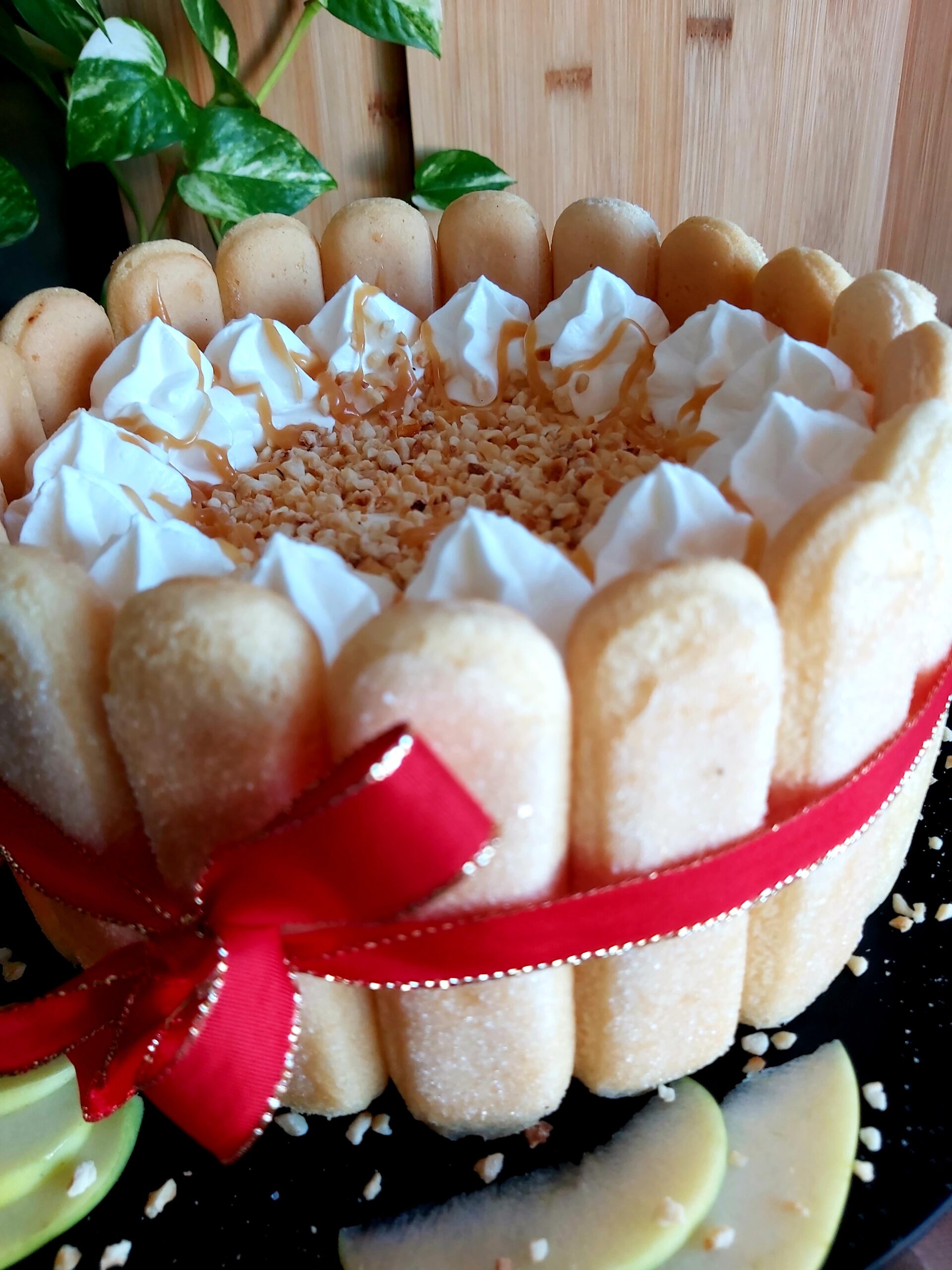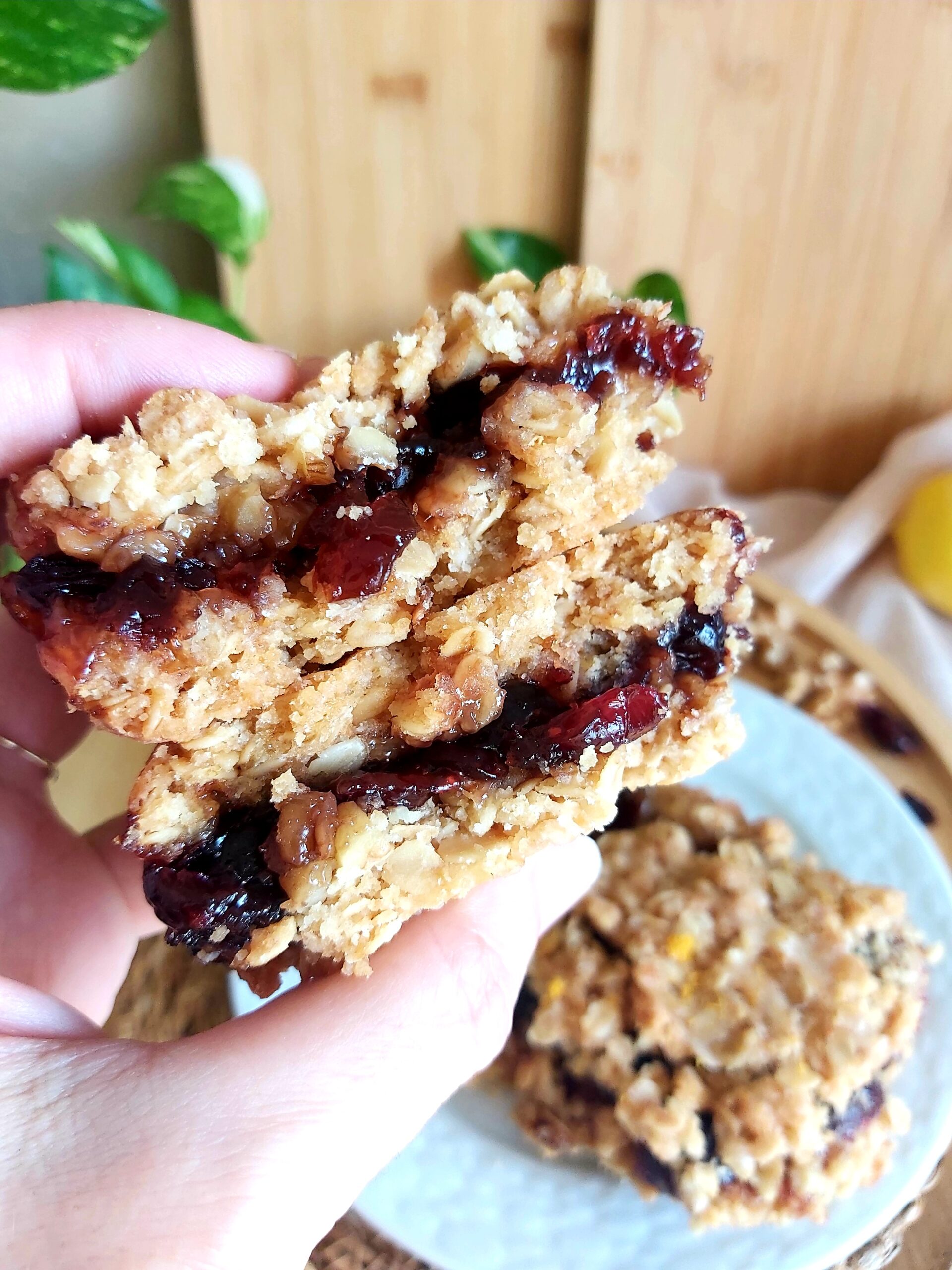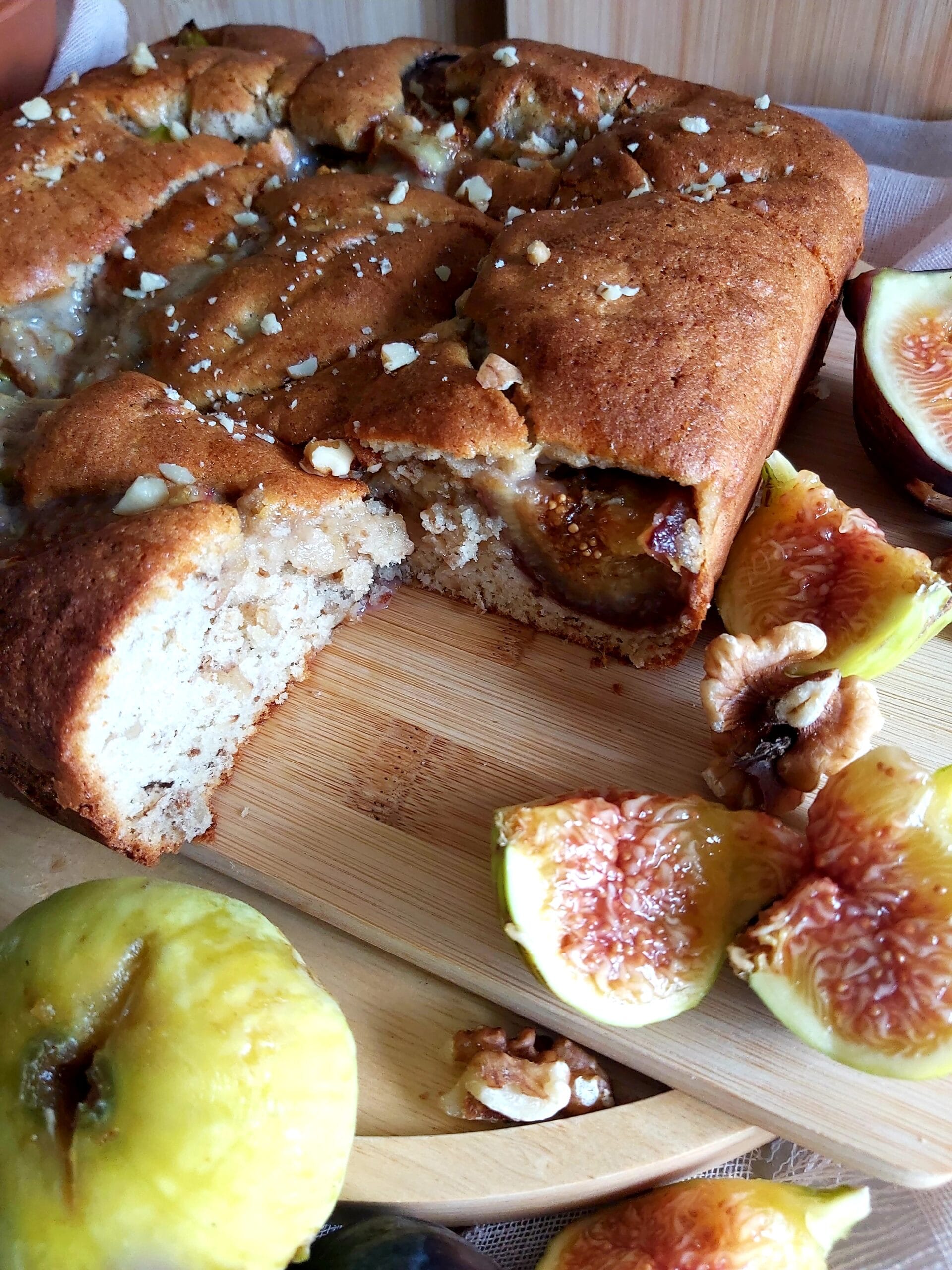Basic Crêpe Recipe
Imagine waking up to the smell of fresh crêpes cooking on the stove — light, airy, and just waiting to be filled with your favourite toppings. This Basic Crêpe Recipe transforms a pantry staple into a versatile dish that can be served for breakfast, as a snack, or as a dessert, making it a must-have in your cooking repertoire.
30 min + 15 min
Easy
Recipe Ingredients
Yield: approximately 12 crêpes.
- 3 eggs, at room temperature
- 400 millilitres milk, at room temperature
- 200 grams plain flour
- Pinch of salt
- Vegetable oil or melted butter for greasing the frying pan
Methods
1. Prepare the Batter
Crack 3 eggs into a large mixing bowl. Pour in a small dash of the milk (about 2 tablespoons) to help break up the eggs, then whisk until the eggs are well beaten and smooth.
Then sift the plain flour into the egg mixture all at once and stir gently just until combined. A few small lumps are okay at this stage.
Gradually add the remaining milk, stirring gently, until the batter reaches the desired consistency. Stirring gently and slowly at this stage helps prevent the gluten from overdeveloping.
2. Resting Time
Let the batter rest for at least 15-30 minutes to allow the flour to fully hydrate and the gluten to relax, resulting in a smoother, more elastic batter. Any small lumps should dissolve during this time.
3. Cook the Crêpes
Heat a medium-sized frying pan (my pan is 24cm / 9″ in diameter) over medium heat. Make sure the frying pan is evenly hot. This step is crucial for making thin, evenly cooked crêpes.
Lightly grease the pan by dipping a pastry brush into the oil or melted butter and lightly brushing it over the surface of the pan before pouring in the batter. You just want a thin, even coating because too much oil can make the crêpes greasy.
Hold the pan off the heat with one hand and use a ladle with the other hand. Fill about ¾ of the ladle with the batter and pour it into the heated frying pan. Immediately swirl the pan in a circular motion to distribute the batter evenly over the entire surface. The goal is to create a thin, even layer of batter. Don’t get too hectic; let the batter flow nicely around the edge. If the batter doesn’t spread easily, it may be too thick; add a little more milk to the remaining batter if necessary.
Return the pan to the heat and cook the crêpe until the edges begin to lift away from the pan and the bottom turns lightly golden brown, about 1-2 minutes. Small bubbles may form on the surface, which is normal.
Once cooked, use a palette knife or spatula to gently flip the crêpe. Cook the other side until freckled, about 45 seconds. The second side cooks faster, so keep an eye on the crêpe.
After the second side is done, hold the frying pan over a plate, and just let the crêpe slide out.
Repeat the process with the remaining batter, remembering to lightly grease the pan between each crêpe if necessary. Adjust the heat if necessary to avoid burning.
4. Serve
Serve the crêpes immediately with any filling of your choice.
Tips for Perfect Crêpes
Consistency: The dough should have the consistency of double cream (heavy cream). If it’s too thick, the crêpes will be thick and heavy; if it is too thin, they can tear easily.
Resting time: Allowing the batter to rest for at least 15 minutes, will improve the consistency of the crêpes.
Heat Control: Keep an eye on the heat. If the crêpes brown too quickly, reduce the heat slightly. If it takes too long to cook, increase the heat slightly.
Serving Suggestions
Serve the crêpes immediately after cooking with your favourite spreads and fillings.
Sweet options include chocolate spread, fresh berries, whipped cream, jam, or fruit curd.
Savoury options include ham and cheese, sautéed mushrooms, or spinach and ricotta.
Storing Suggestions
Proper storage of crêpes is key to keeping them fresh and flexible for later use. Here’s how you can store them:
Fridge: Once the crêpes are completely cooled, stack them with a sheet of baking parchment or wax paper in between to prevent sticking. Wrap the stack tightly in plastic wrap or place it in an airtight container. Store the wrapped or covered crêpes in the refrigerator for up to 2 days. Reheat in a non-stick frying pan over low heat.
Freezer: Allow the crêpes to cool completely. Wrap them tightly as described above, then place the crêpes in a freezer bag or airtight container. They can be frozen for up to 2 months. Thaw the crêpes overnight in the fridge and reheat in a non-stick frying pan over low heat.
Variations
Vanilla Crêpes: Add 1 teaspoon of vanilla extract to the batter for a subtle sweetness that goes well with fruits and creams.
Citrus Zest Crêpes: Stir in lemon or orange zest for a fresh, citrus flavour that brightens the crêpes.
Cocoa Crêpes: For a chocolate flavour, add 2 tablespoons of unsweetened cocoa powder to the batter. You may need to add a little more milk to get the right consistency.
Gluten-Free Crêpes: Use a gluten-free flour blend instead of plain flour. Depending on your flour mixture, you may need to adjust the amount of liquid slightly.
Related Recipes
Check out my recipes that use these delicious crêpes:
Creamy Apple Sauce Crêpe Rolls
You might also like
Conclusion
These delicate crêpes are a delicious treat that can be enjoyed in many ways. Whether you serve it for breakfast, dessert, or even as a savoury dish, this recipe is sure to be a hit. Save the leftovers. You get a quick and tasty version that you can use at any time.
Other Recipes

Kataifi Cupcakes are where familiar comfort meets a little wanderlust. They bring the golden crispness of a classic Middle Eastern dessert into a modern, playful form—a bakery-style cupcake filled with cool, creamy goodness. This is the kind of dessert that feels festive without being overpowering: bold visuals, warm flavours, and a textural contrast that makes every bite unforgettable. Perfect for celebrations, gifting, or simply as an effortlessly impressive dessert on your holiday table.

If you’re looking for a stunning dessert this autumn, the Golden Caramel Apple Charlotte is it. This elegant, festive and irresistibly delicious cake combines soft spiced apples, a light Mascarpone cream and buttery ladyfingers tied together in a beautiful ribbon. Finished with a drizzle of homemade caramel and toasted hazelnuts, it’s the kind of centrepiece that transforms any gathering into a special occasion.

Golden, buttery oat layers meet a burst of citrusy cranberry filling — these Cranberry Walnut Oat Bars are everything I love about bright winter baking. Sweet, tangy, and lightly glazed with orange for a sparkling finish. Perfect with tea, or as a cheerful little treat on a grey day.

There are few pairings more timeless than figs, walnuts, and honey. In this cake, the jammy figs soften into the batter, the walnuts add texture, and honey brings warmth and fragrance—a combination that tastes like sunshine captured in a bite.

Moist grated vegetables, golden and cheesy, rolled around a creamy filling of roasted red peppers, Feta, and parsley — this roll is as beautiful as it is flavourful. With a little crunch from walnuts and a pop of colour from cucumbers, every slice tells a story of balance.

There’s something irresistibly comforting about warm cheese scones fresh from the oven—and these Rosemary Parmesan Scones take it to the next level. The sharpness of Parmesan, the earthy flavour of rosemary, and the warmth of garlic come together in every flaky, buttery bite. Whether you serve them for brunch, as a side dish to soup, or simply with afternoon tea, they are a delicious way to bring savoury baking into your kitchen.

Comments